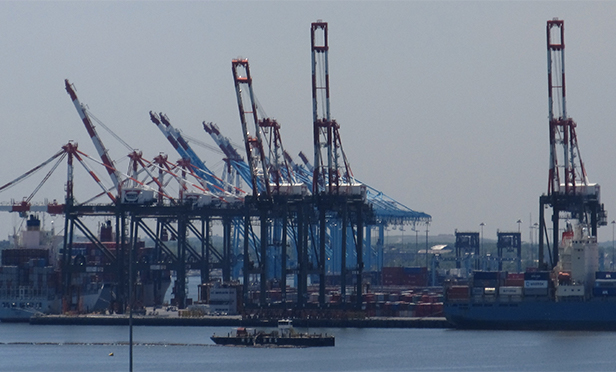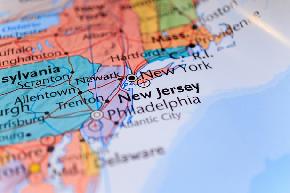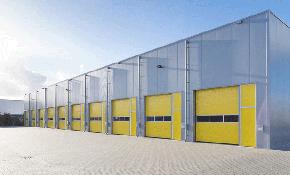 Port Newark-Elizabeth Marine Terminal is a major component of the Port of New York and New Jersey. (Ken Lund photo/Flickr.com via Creative Commons License.)
Port Newark-Elizabeth Marine Terminal is a major component of the Port of New York and New Jersey. (Ken Lund photo/Flickr.com via Creative Commons License.)
NEWARK, NJ—The filing Wednesday for receivership protection by South Korean shipping line Hanjin will have little impact on traffic flows or industrial property demand in the Port of New York and New Jersey, mainly because there is a glut of ocean-going cargo capacity that needs to be reduced, says a New Jersey-based transportation economics consultant.
“The ‘herd’ of too many competing ocean lines in the containership business has to be thinned,” says James R. Blaze, a veteran railway and transportation economist, who spoke exclusively with GlobeSt.com. Blaze, a former strategic planner for Consolidated Rail Corporation and consultant to global transportation operators, likens the ocean shipping overcapacity issue to the railroad industry, which had too many operators in the 1960s.
The current cargo capacity glut is about 20 percent higher than overall demand, he says.
 Jim Blaze, transportation industry economist and strategic planner
Jim Blaze, transportation industry economist and strategic planner
“Hanjin will likely get some financing—for a much smaller fleet of ships—or may seek a merger to try and preserve some functional operation as a bigger line,” Blaze says. “It is possible that they might cease operations.”
For the Port of New York and New Jersey, however, the only impact is likely to be cancellation of some business deals and stevedoring arrangements, but traffic that needs to enter the port will find other options.
“The same amount of future cargo will move on fewer, but bigger ships and a few less ocean carrier companies,” Blaze says.
The ports have been investing massively to prepare for the arrival of post-Panamax size vessels that can traverse the newly widened Panama Canal bringing larger shipping volumes into the New York-New Jersey metroplex. Industrial properties in the Meadowlands and New Jersey Turnpike submarkets continue to sell at lofty prices, according to recent research by Transwestern.
Industrial absorption was about 7.3 million square feet in 2016 vs. 2015 in the nine submarkets along the turnpike, Transwestern says. Higher rents continue to be offset by Grow NJ incentives and proximity to the New York market, the firm’s research analysts say.

















 Copyright © 2024 ALM Global, LLC. All Rights Reserved.
Copyright © 2024 ALM Global, LLC. All Rights Reserved.